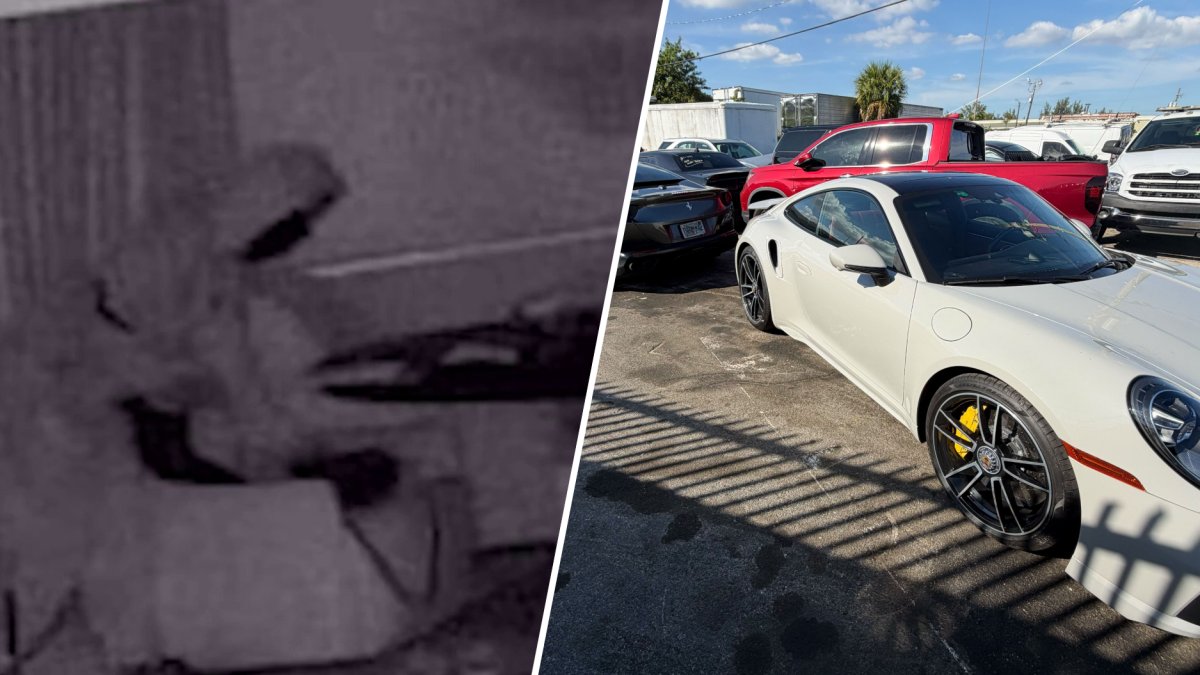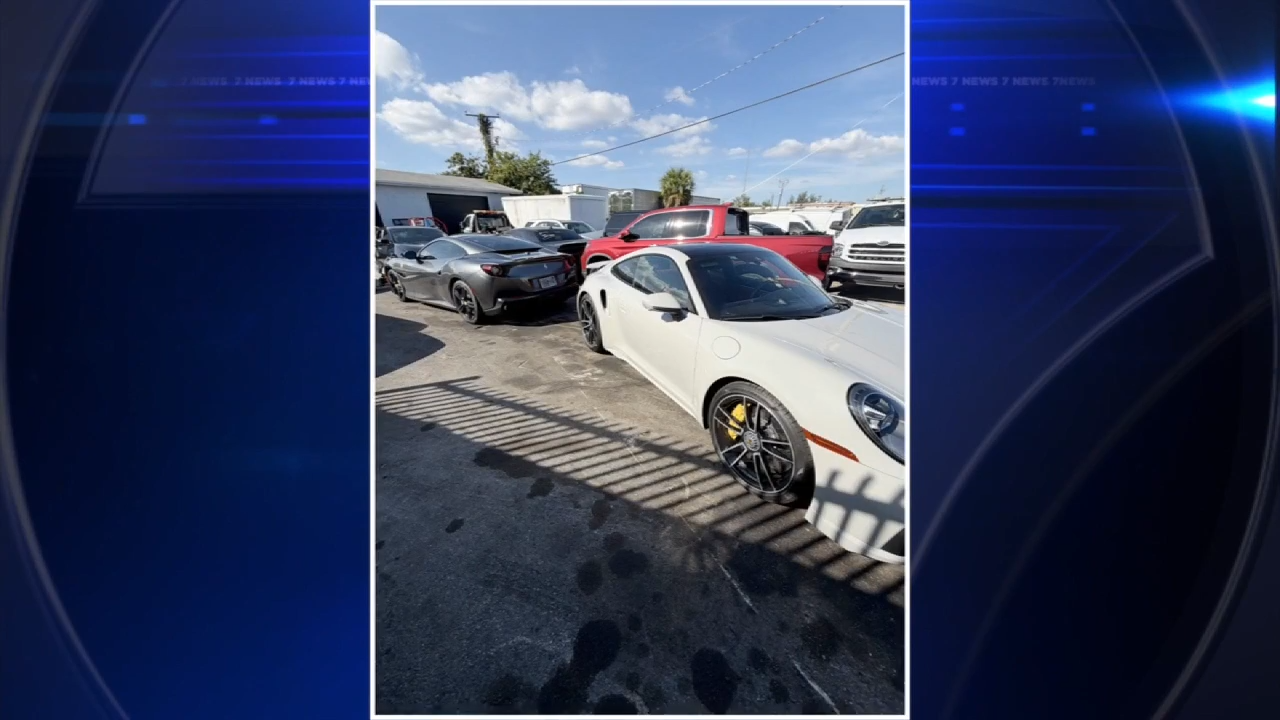C
ontinuation vehicles—funds that helped real‑estate managers keep assets during the 2008 crisis—are now gaining traction amid fresh market turbulence. These GP‑led long‑term vehicles, once called restructuring, rollover, or recap funds, have become a liquidity lifeline over the past five years as commercial‑real‑estate sponsors faced the twin shocks of COVID‑19 and rising rates. With refinancing harder to secure because of higher borrower costs and stricter underwriting, sponsors use continuation vehicles to hold properties until conditions improve.
The surge in use pushed GP‑led deals in the real‑estate secondaries market up 52 % in 2024, reaching $9.3 billion, according to Ares Management. The overall secondaries market grew 49 % to $14.6 billion last year, a jump largely driven by these vehicles.
A key moment that pushed continuation vehicles into the mainstream was Blackstone’s $14.6 billion recapitalization of BioMed Realty Trust in October 2020. The deal sold BioMed, the largest private owner of U.S. life‑sciences properties, to a group led by existing investors who could either roll into a new vehicle or cash out. This transaction showed how a continuation vehicle could preserve value when refinancing is costly.
The strategy has been most common in alternative CRE sectors—senior housing, logistics, life sciences—where asset values are clearer. Office, hotel, and retail properties have lagged because valuation uncertainty makes it hard to agree on a price with limited partners. “You can’t just bundle 15 office buildings into a continuation vehicle and expect a consensus on value,” said Cushman & Wakefield’s Miles Treaster.
Jennifer Morgan of King & Spalding notes a steady rise in clients pursuing continuation vehicles over the past two years, as higher long‑term rates make traditional financing tougher. Sponsors face pressure when operating costs exceed underwriting assumptions, jeopardizing incentive compensation and making a sale unattractive. Investors, meanwhile, demand a return of capital, so a continuation vehicle offers a way to keep assets alive while raising fresh capital.
Setting up a continuation vehicle typically begins at least two years before the closed‑end fund’s maturity, because many moving parts—asset positioning, investor commitments, valuation—must be sorted. Sometimes the vehicle covers only a subset of assets or a single property that needs more time to execute a strategy, such as pre‑COVID hospitality funds.
The experience from the GFC, even under different names, is now proving valuable. Over the last decade, the rise of open‑ended real‑estate funds has increased demand for national appraisers, replacing the older local‑market approach. National appraisal management firms now apply consistent criteria across portfolios, giving investors greater confidence. Morgan added that investment banks are increasingly providing fairness opinions for CRE transactions, offering independent assessments of financial metrics that help align all parties.
Early, accurate valuations are critical to keep the process smooth. Uncertainty about which investors will stay or cash out can delay fundraising, because the amount needed depends on those decisions. Unlike primary fundraising, where the pipeline is known, continuation vehicles require a flexible approach to capital needs.
Zhijun Yang, a finance professor at the University of Pittsburgh at Johnstown, points out that continuation vehicles attract investors who want stakes in existing assets that fit their portfolios. New limited partners replace those who exit, creating new contracts with typically shorter lifespans of five to eight years. Yang expects adoption to grow as borrowing costs stay high and economic uncertainty—such as tariff policies—continues. General partners may be forced to hold assets longer because exit opportunities are scarce, and the economic environment has shifted since the original arrangement was made.
Specialty investment managers—Evercore, Lazard, Houlihan Lokey, StepStone Group, Townsend Group—have stepped up to sponsor these platforms. Major GP‑led players like Blackstone, KKR, and TPG have also begun backing continuation vehicles. While the potential for growth is clear, Treaster cautions that lining up limited partners and the often‑six‑month timeline can limit use, even as sponsors find them attractive in a volatile market. “It’s a tough process that requires alignment between GP and LP,” he said. The success of a continuation vehicle hinges on getting all parties on board and navigating the complex structure.














